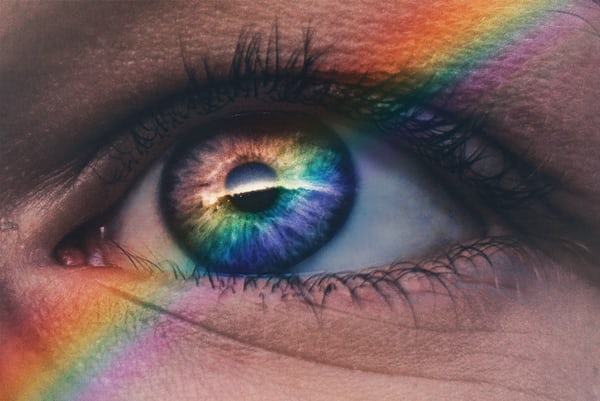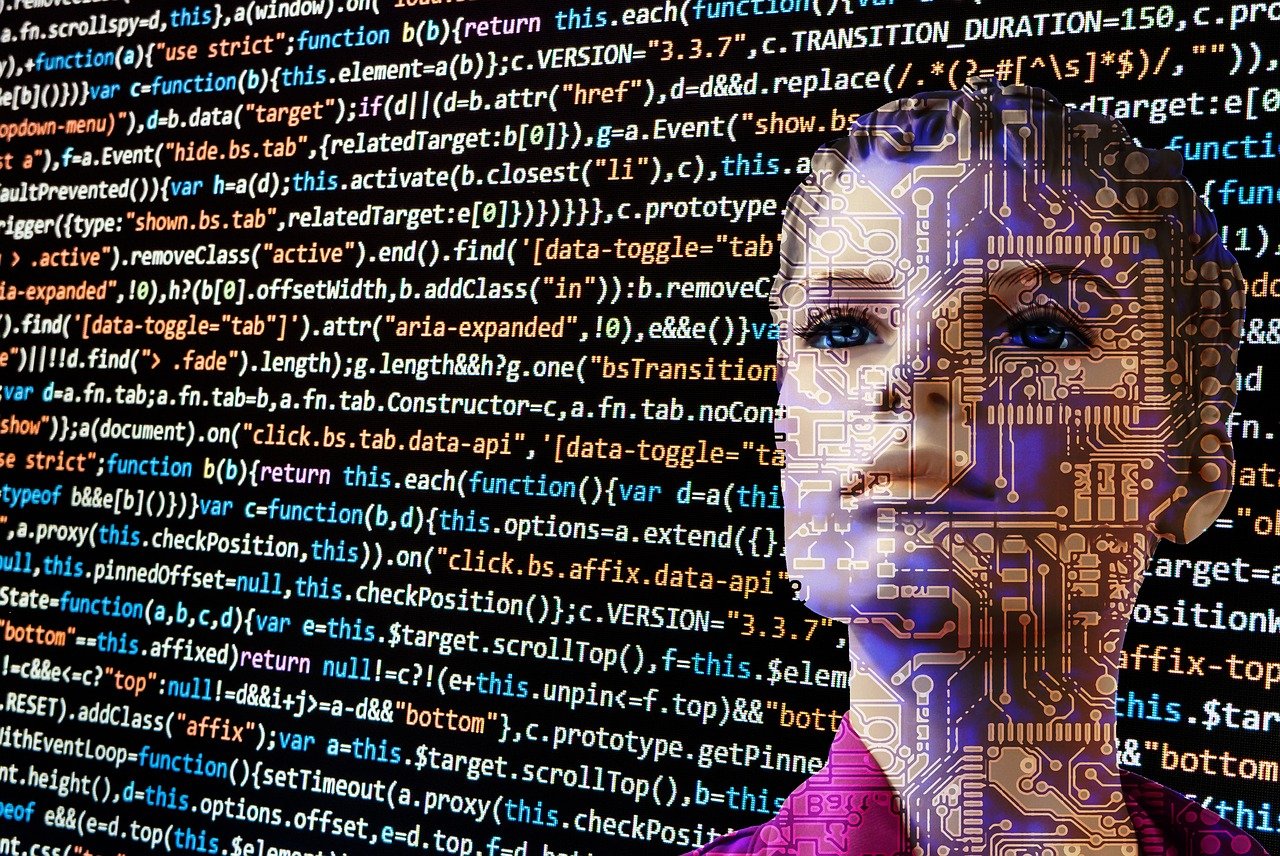Photo by Harry Quan on Unsplash
Sport continues to be categorised by outdated notions of both sex and gender. Only free male citizens were allowed to participate in the Olympic games of ancient Greece. For millennia athletic prowess has been inextricably bound up with ideas about masculinity. The hunter gathering communities of our distant ancestors relied on physically strong men to hunt and fight for their tribes. Biological differences between men and women have been used as an excuse to maintain strict gender divisions in sports. But these outdated notions of male and female continue to colour even scientific research into issues of sex and gender. Is it time to consider rainbow sports for the full gender spectrum? Will this help professional sports become more tolerant of the full spectrum of athletes looking to compete?
Editor in Chief of the largest gay newspaper in the Benelux countries, Rick van der Made, recently explained how difficult it still is for top sportsmen to come out as gay. Preliminary research conducted by the Mulier Institute for the John Blankenstein Foundation, here in the Netherlands, found that seven out of ten professional football players rate general acceptance of homosexuality and bisexuality as insufficient. While 46% of players say that it is difficult to be openly gay as a professional football player. This is in a country with a history of high tolerance levels for gay rights. The Gay Krant editor, explains that many top players are concerned about their ability to transfer to other clubs in less tolerant societies if they are open about their sexuality.
Outdated ideas about sex and gender continue to inform discriminatory legislation in parts of the European Union.
Sadly, one needn’t look very far to find places where LGBTQ rights are under threat. Victor Orban’s government in Hungary has recently passed legislation banning gay people from featuring in TV shows and in educational material for under 18’s. The Vatican urged the Italian government recently to change a proposed law that would criminalise homophobia. Czech President, Milos Zeman, called transgender people ‘disgusting’ in a recent interview with CNN. He also affirmed his agreement with Hungarian laws banning educational material that ‘promotes’ homosexuality. The Christian Church has promoted a simplistic equation of sexual identity and biological gender for centuries. It is no coincidence that all of these countries have a strong Catholic tradition which promotes sexuality almost exclusively for purposes of reproduction.
Professional sport has been struggling with simplistic definitions of sex and gender for some time now. Take the case of South African athlete, Caster Semenya. Born with exceptionally high levels of testosterone in her system, she is classified as ‘intersex’, also known as a disorder of sex development. The Court of Arbitration in Sport (CAS) recently ruled that Semenya would have to lower her testosterone levels in order to be eligible to compete as a women in certain races at the upcoming Tokyo Olympics. This goes against their own rules which, from the 2000 Sydney Olympics onwards, involved abandoning sex determination in favour of gender for professional athletes. It was agreed that there would be no tests of gender other than self-identification.
International Association of Athletics Federation contravenes its own gender-based approach to inclusion in Semenya case.
Semenya has always identified as female, she was raised as female and is legally categorised as female. Contrast this case with that of New Zealand weightlifter, Laurel Hubbard. The first transgender athlete to compete at an Olympic games. Previously she competed at men’s events before coming out as transgender in 2013. She will compete in the women’s 87 kg weightlifting category after the IOC changed its rules in 2015. Transgender athletes are now allowed to compete as women if their testosterone levels are below a certain threshold. The problem with such an approach, apart from the fact that it contravenes the International Association of Athletics Federation’s own gender-based approach and basic human rights, is that it is based on insufficient scientific research.
Hyperandrogenism is a term used to describe high levels of testosterone. But there are different forms of hyperandrogenism and none of them are fully understood. Testosterone levels are one thing but testosterone receptors are another. In people with partial androgen insensitivity syndrome, like Semenya, the testosterone receptors do not respond to the hormone in a usual way. That is why, in spite of having XY chromosomes (male), these individuals have typical external female physical characteristics. In short, it’s complex. Far too complex to be dealt with by a blanket insistence on a randomly chosen level of testosterone.
‘Let’s start by saying, everyone is welcome and then decide how such inclusion can be achieved’ – Rick van der Made, Gay Krant.
If we are serious about creating a truly open, equal society in which individuals of all persuasions can feel welcome on the sports field, we need to be more serious about expanding our understanding of both sex and gender. A rainbow gender spectrum encourages a view of both sex and gender as varied and fluid. As Rick Van der Made suggested, let’s start by saying, ‘everyone is welcome to compete’ and then talk about how this might work. The sporting world is an excellent place to start. It is high profile and provides inspiration and role models for future generations. It brings people together and fosters confidence and a sense of community when done right. Let’s draw inspiration from the Rainbow flag. This symbol highlights the incredible diversity that nature offers. Let’s embrace it and the notion of a rainbow sports gender spectrum with tolerance and understanding.


